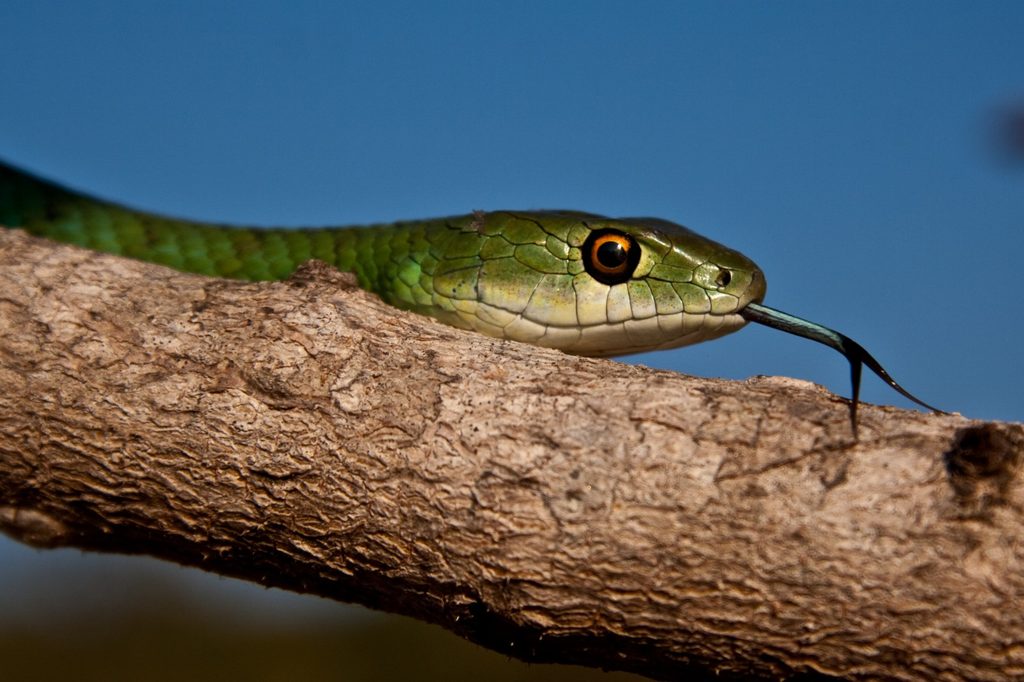
Just like all living beings, snakes need to catch some z’s to rest and restore themselves. According to new research, believe it or not, reptiles experience REM sleep and they even dream, just like humans. But how to tell if your snake is sleeping? It can be quite the challenge, since you won’t be able to rely on seeing your snake’s closed eyes as a sign. Instead, you’ll learn to look for other signs that could indicate your pet is napping.
Taking the time to learn these signs will allow you to properly care for your pet snake and will keep you both much safer, especially if you need to handle them and don’t want to inadvertently interrupt their snooze fest. Let’s take a look at some of the indicators that will let you know that your slithery friend is, indeed, fast asleep.
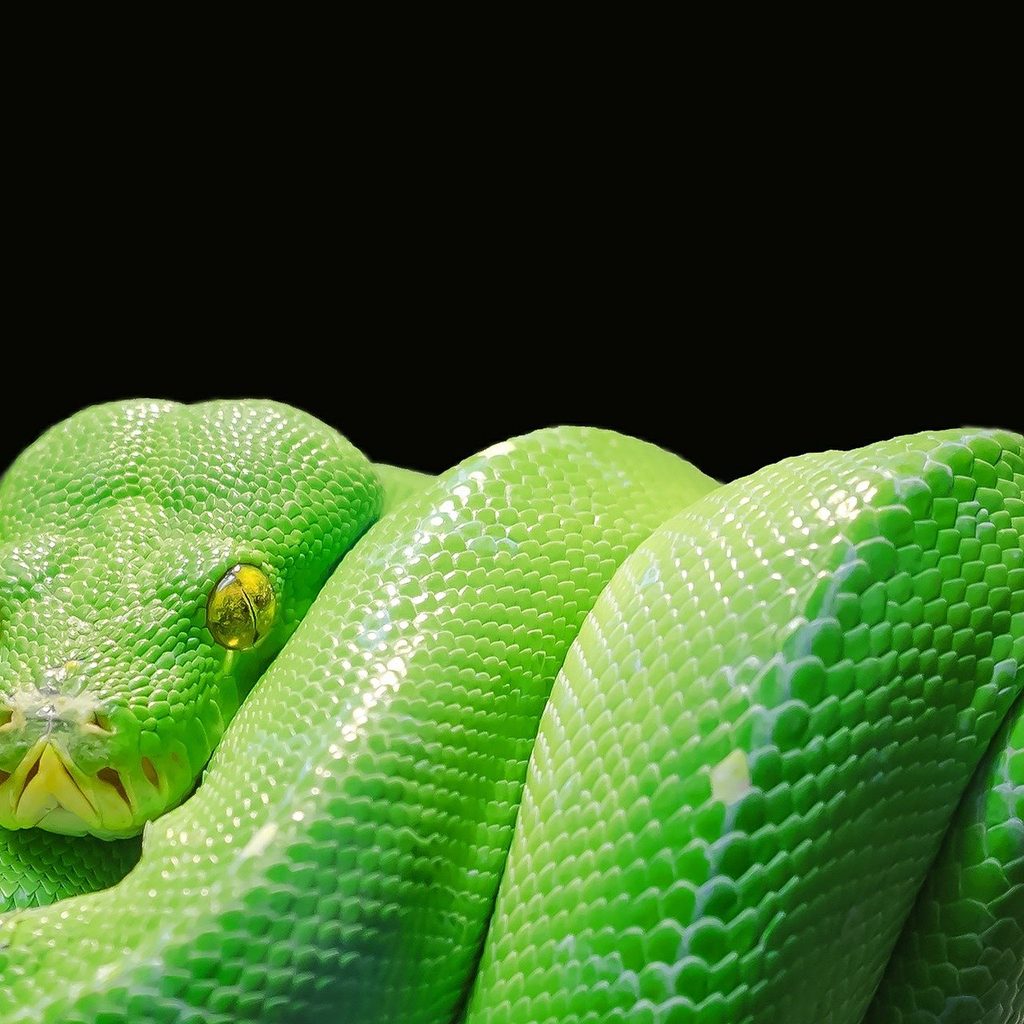
How to tell if your snake is sleeping
By carefully observing your snake, you can tell if they’re asleep or awake. The key is knowing which signs to look for, and knowing a bit about your snake’s behavior, too.
Snake breed
The type of snake you have may partially dictate when they go to sleep. Some snakes stay active during certain times of day, sleeping at other times.
Diurnal snakes, or snakes that are most active during the day, include hognosed snakes, racers, sipos, and patch-nosed snakes. In contrast, other types of snakes like broad-headed snakes and night snakes tend to stay up at night and sleep during the day. The problem is, some snake species, including rat snakes, can vary their routines depending on the time of year, so there’s really no knowing when they might decide to doze off.
While judging by your snake’s breed isn’t a foolproof way to tell whether he’s asleep, it can help give you an idea of what times of day your snake is likelier to take a nap.
Seasonal effects
The season can play a role in snake sleeping habits. Most snakes spend about 16 hours per day asleep. In the winter, that can climb to 20 hours.
Post-feeding nap
If your snake has recently eaten, they might be sleepier than usual. A big meal can make your snake drowsy, and they may rest 20 hours a day after a recent feeding.
Sleeping position
While awake and asleep look pretty much the same in snakes, there are a few clues to help you tell the difference. A sleeping snake will stay in one position for hours — though this is also the posture a snake can assume while hunting. Or you might notice that the constantly flicking snake tongue isn’t engaged in its usual activity, or that they don’t react when you open the top of their cage or otherwise move around the area.
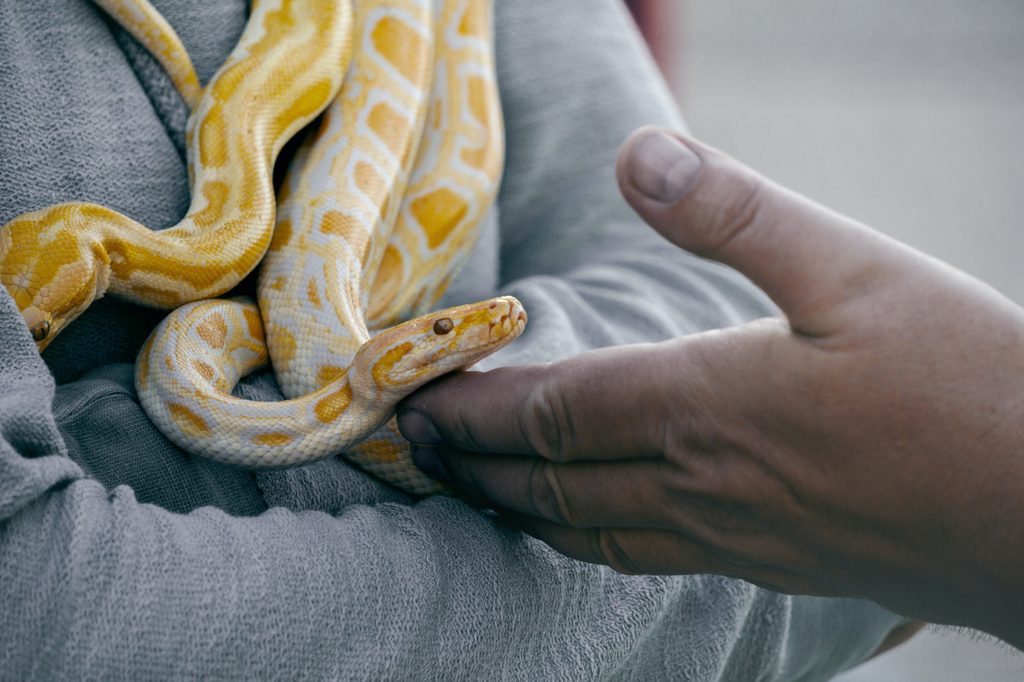
How do you know if a snake is relaxed?
A relaxed snake might look a bit like a sleeping one. But if your slitherer is awake, you’ll likely see some movement when you watch long enough. While your pet is resting but not snoozing, you can pick him up — this is a great time to handle your animal and try to get him used to you.
Snakes enjoy climbing on humans if they have been properly socialized and will even form attachments to their owners. Assuming your reptile is relaxed while you hold him, he’ll gently move around. Remember, a hyper-focused snake is often waiting to strike. Watch out for the signs that he needs to be put down and left alone.
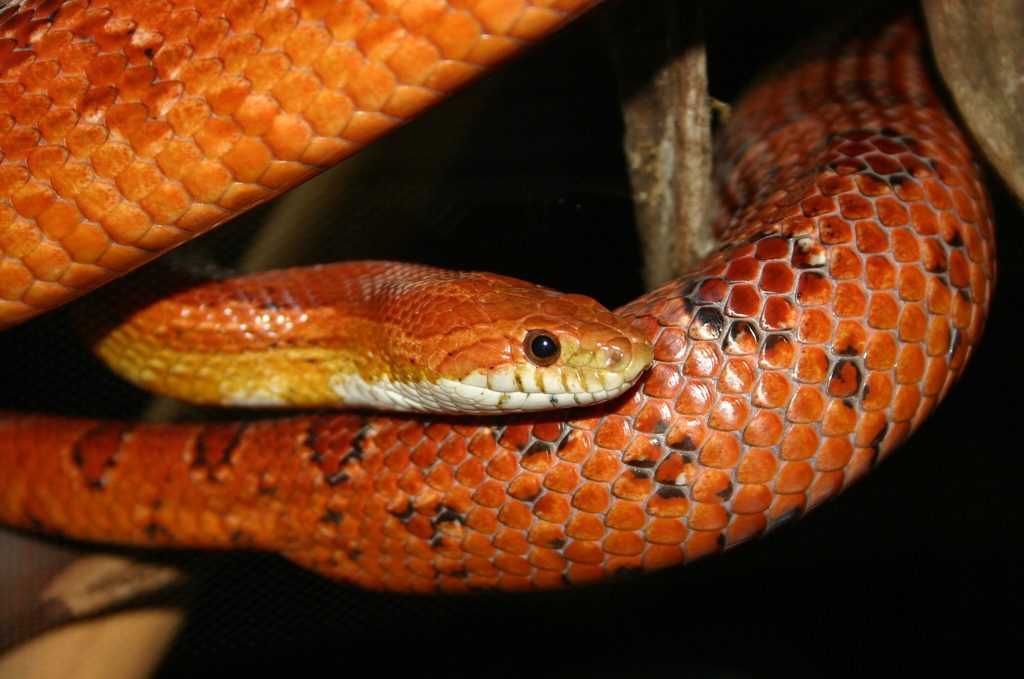
Do snakes hibernate?
To further complicate matters, snakes in cold climates undergo a period called brumation, which means that they decrease their activity during the winter to save energy. So in a nutshell, some snakes do hibernate. If your snake is in brumation, they may move around less than usual. They probably won’t eat during this time.
If you disturb a snake that’s in brumation, they may act startled and confused, but when you put them down again, they won’t stay active.
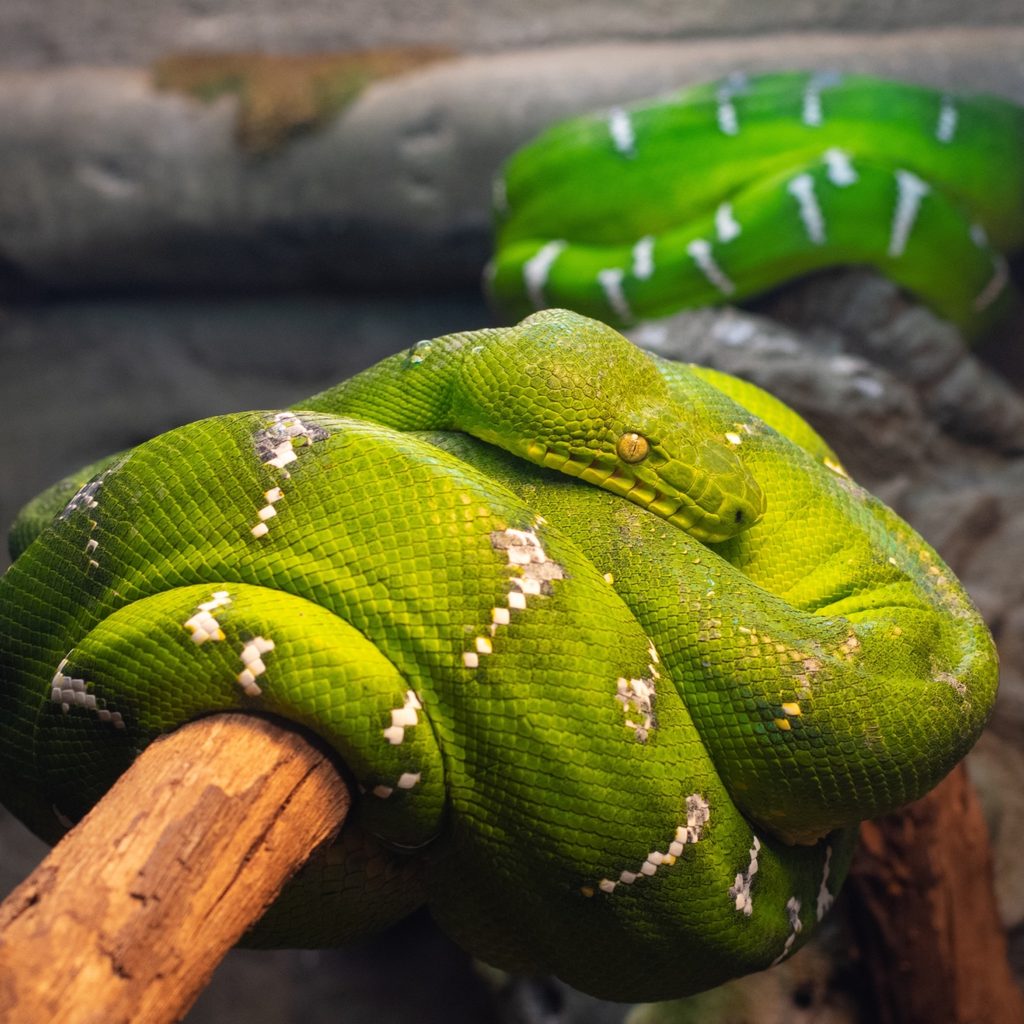
Do snakes have eyelids?
No, snakes don’t have eyelids, so they can’t close their eyes (interestingly, they can’t blink either). Instead, they have a brille on each eye, a layer of transparent scales that covers and protects the eyes. This means snakes sleep with their eyes open. Your snake might not get “shut-eye,” but they do sleep. So you’ll just need to look for other signs that your snake is snoozing.

Safely handling your snake
If you suspect your snake is sleeping, then you need to be careful in handling him. Picking up or disturbing a sleeping snake can startle him, and he might strike you in response. (Chances are, you’d be startled, too, and a bit irritated that someone woke you up from your nap.) Suddenly waking a sleeping snake can stress them out and won’t have a positive result for either of you.
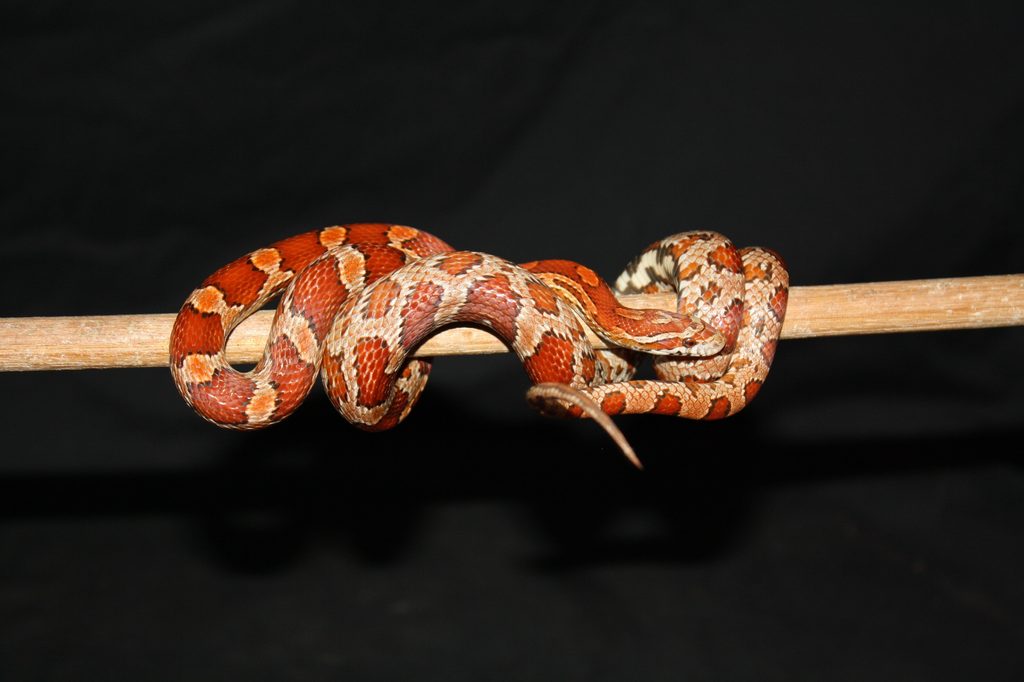
The final word on snake naps
Instead, if you suspect your snake is sleeping, it’s best to let them alone and allow them to wake up on their own. You can try making some gentle noises or introducing strong-smelling food to their environment to prompt them to wake up. If possible, though, let your snake get their beauty rest and go back to handle them when they’re awake.


